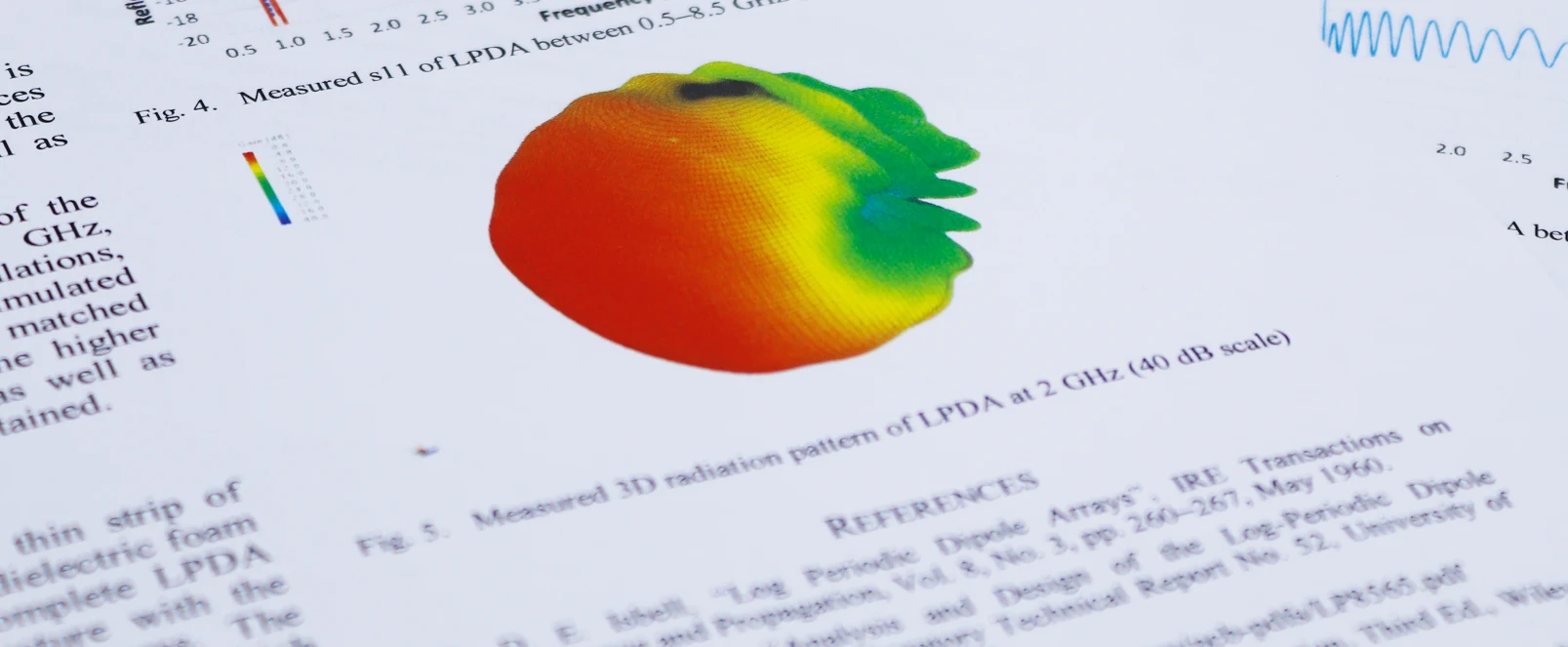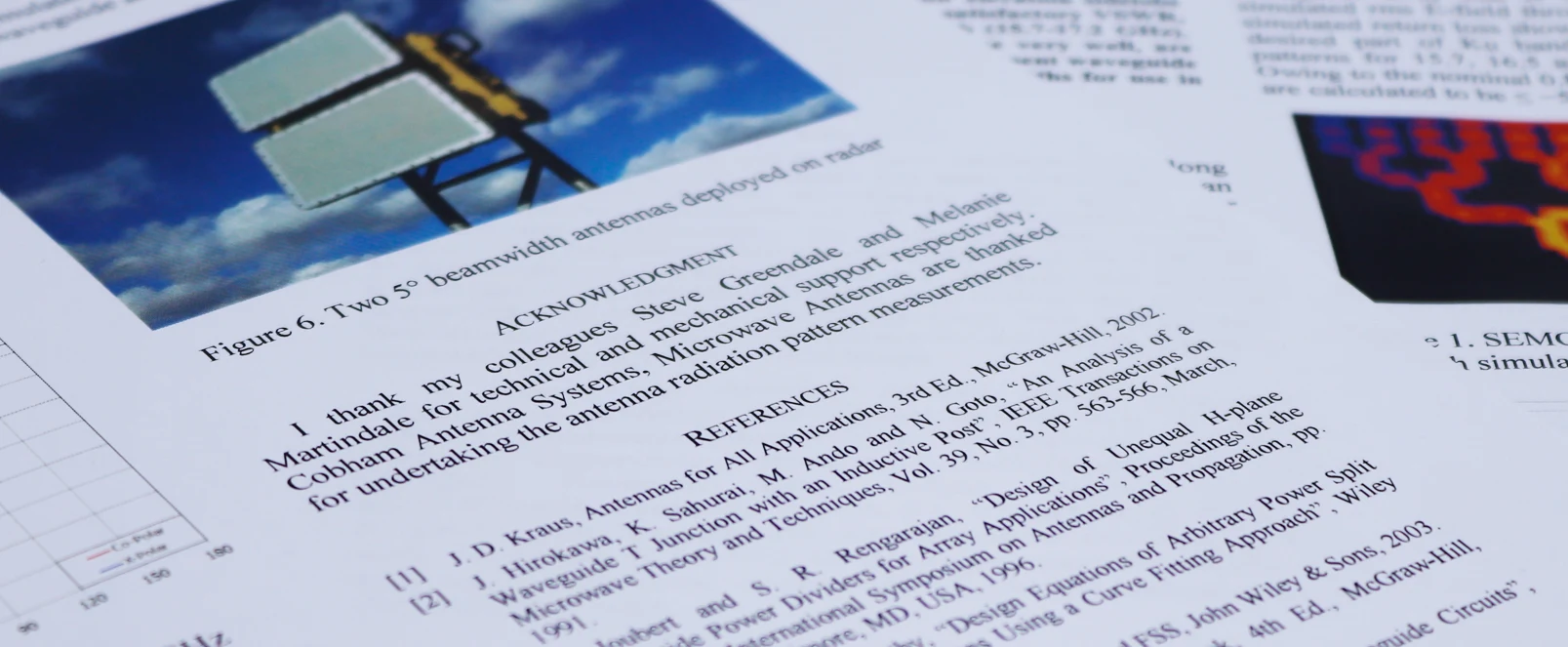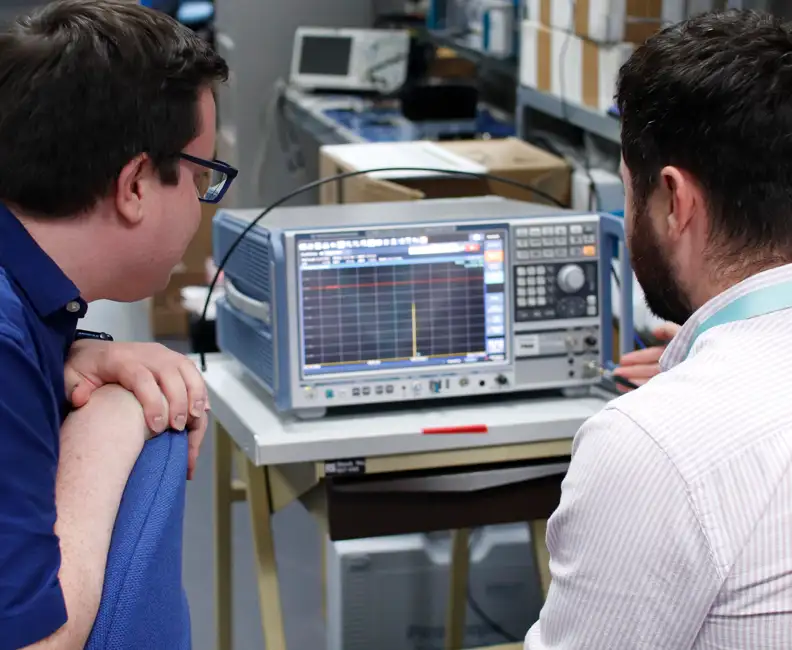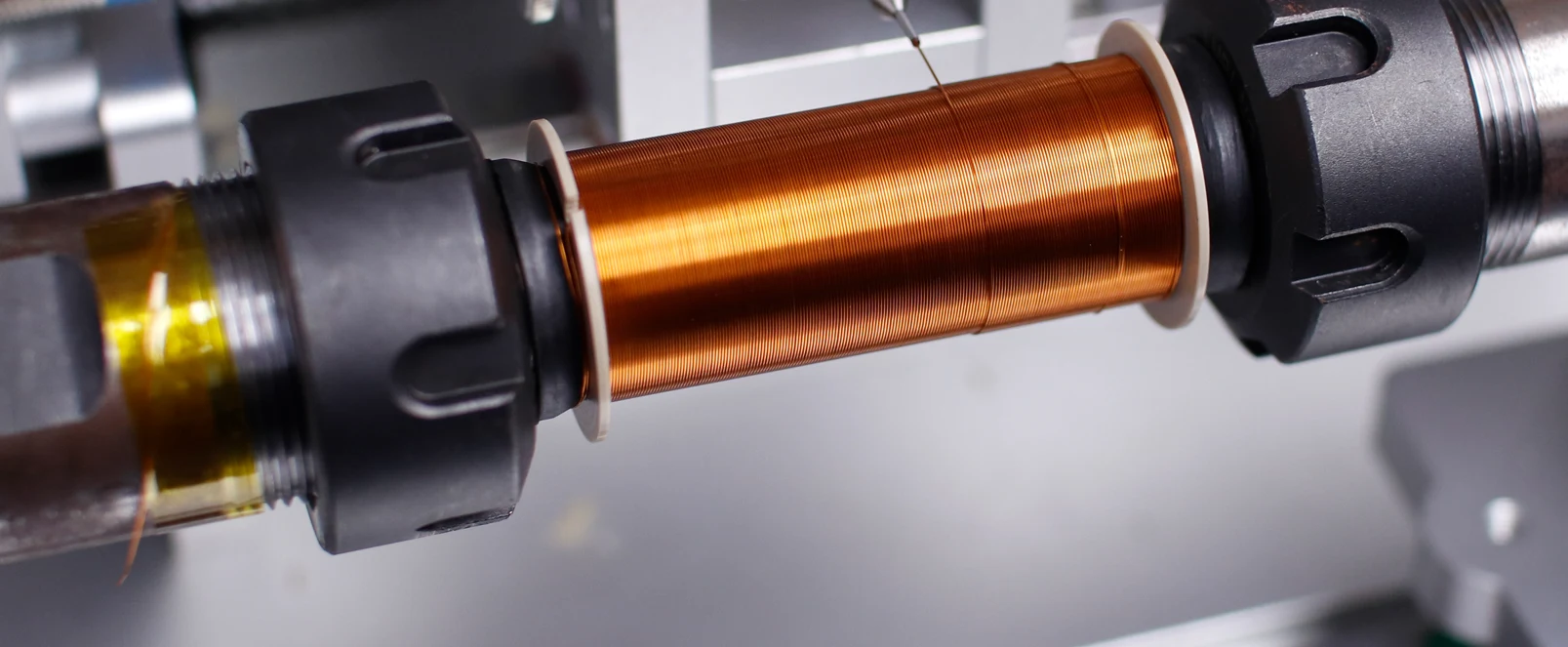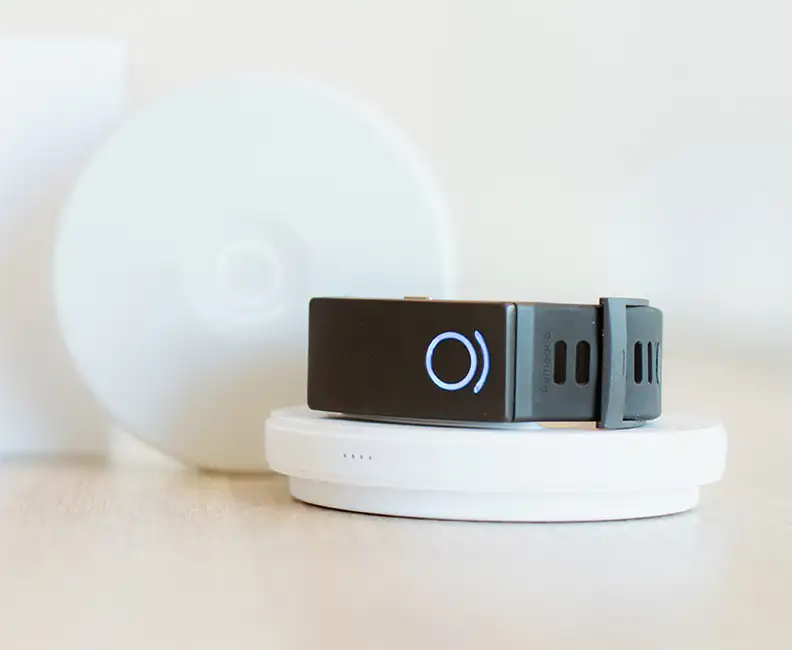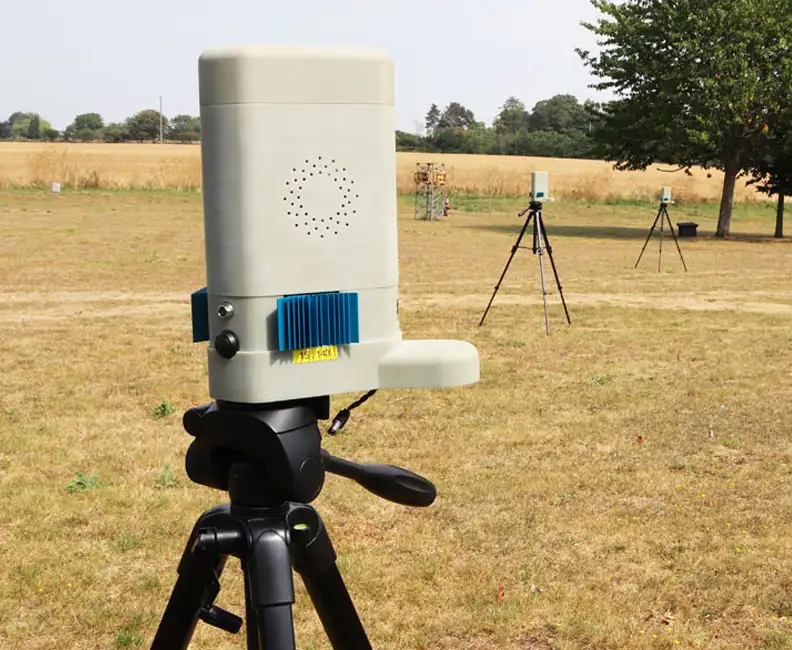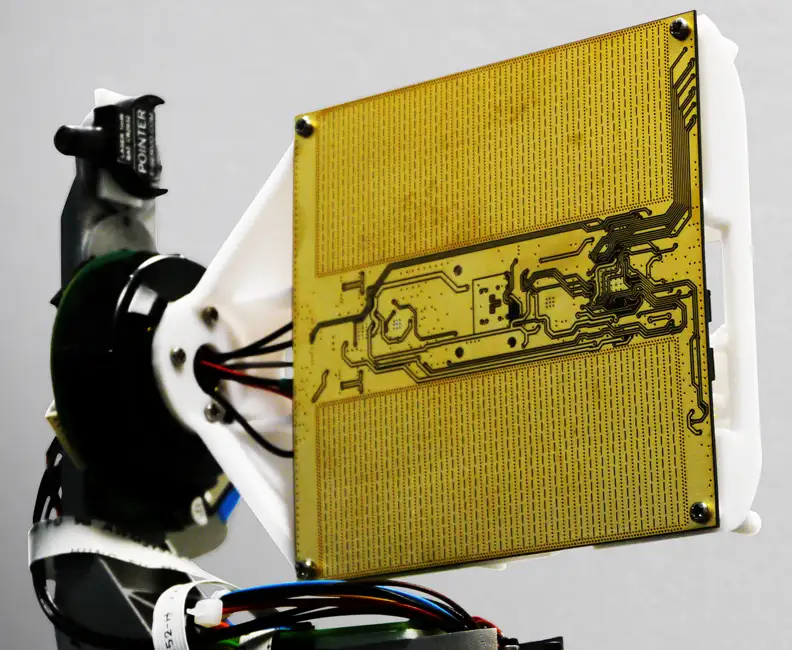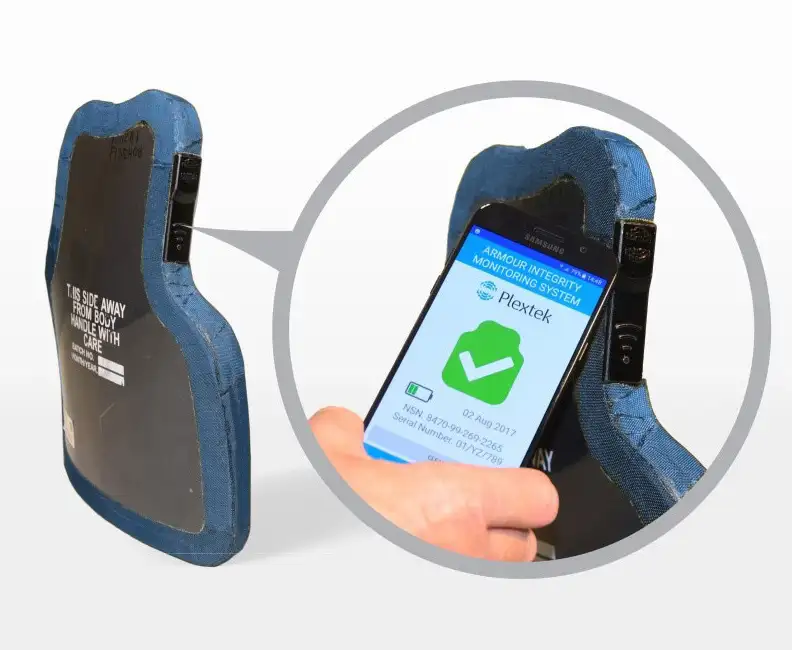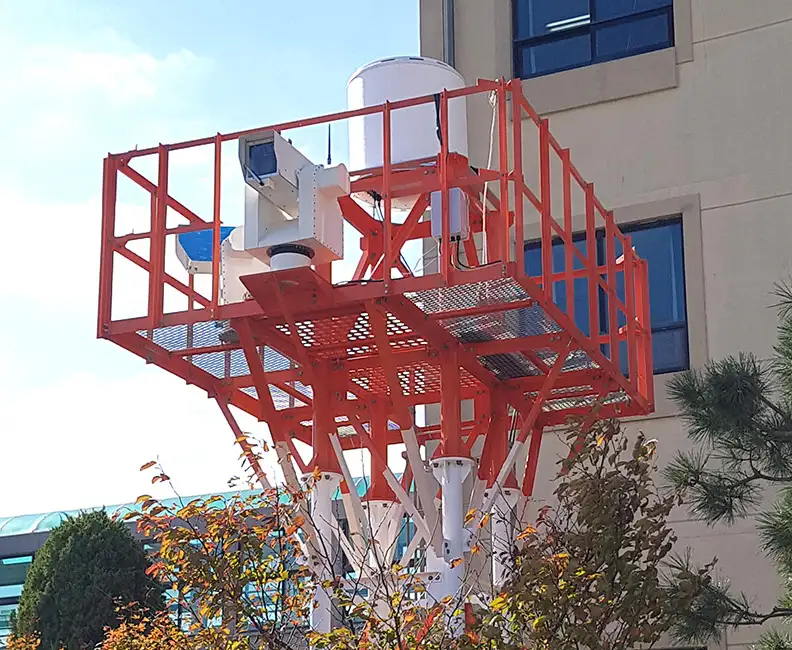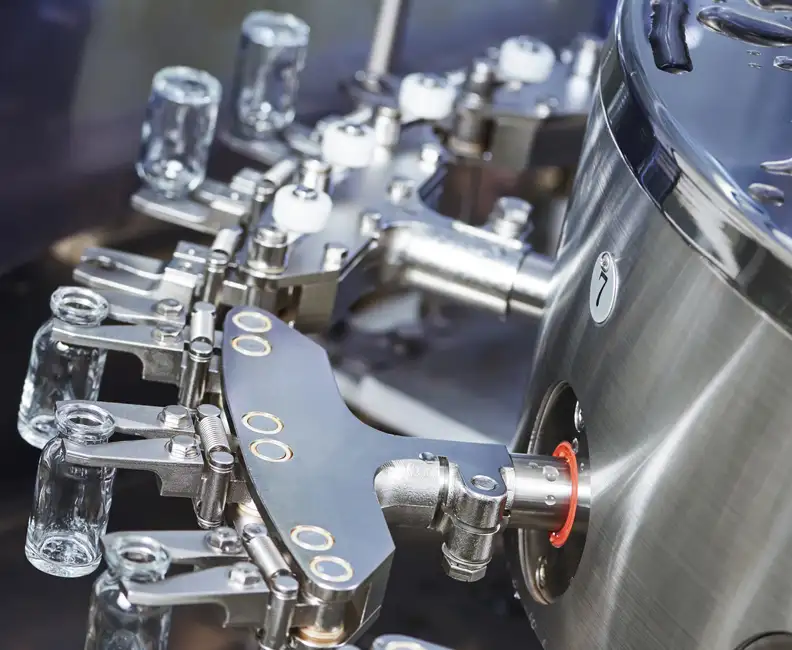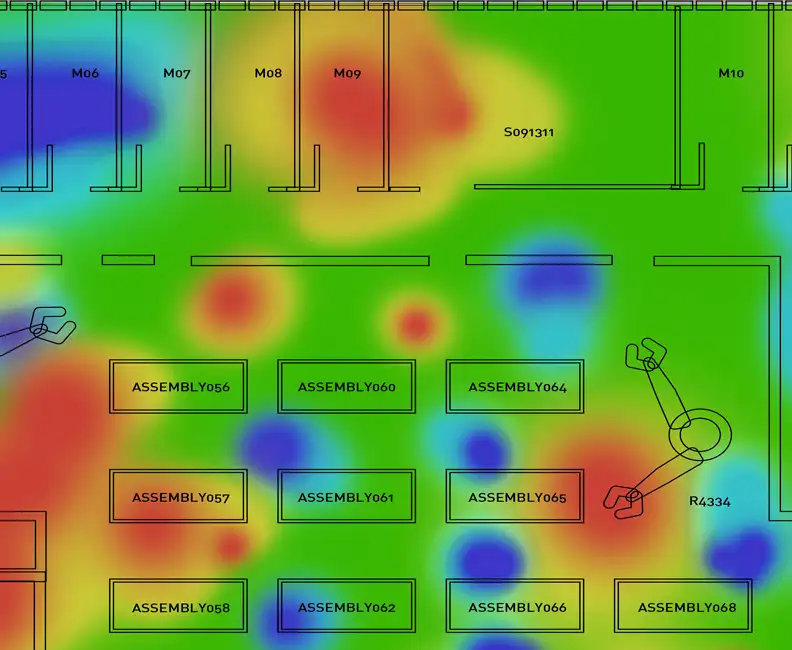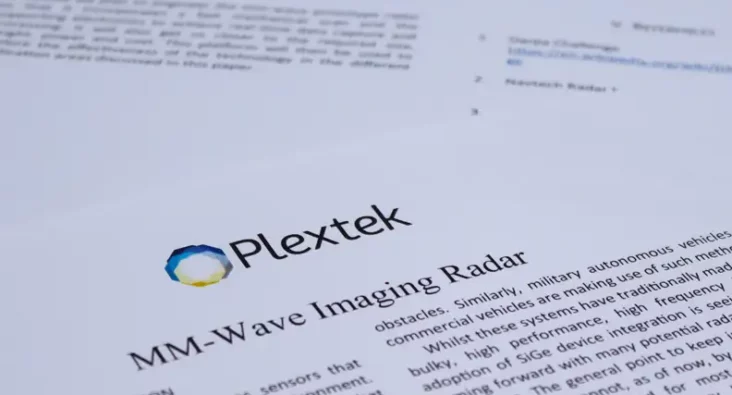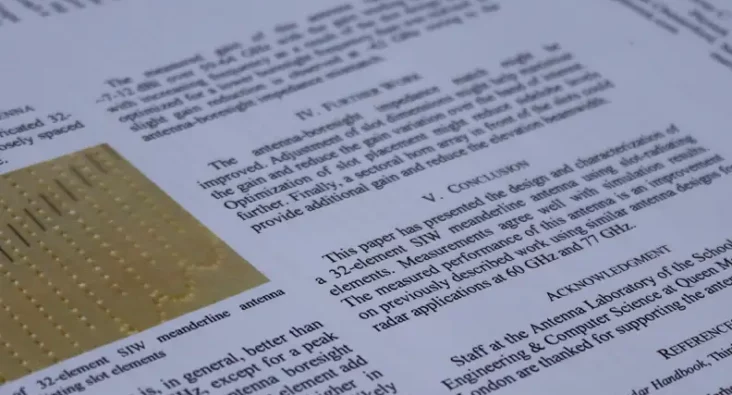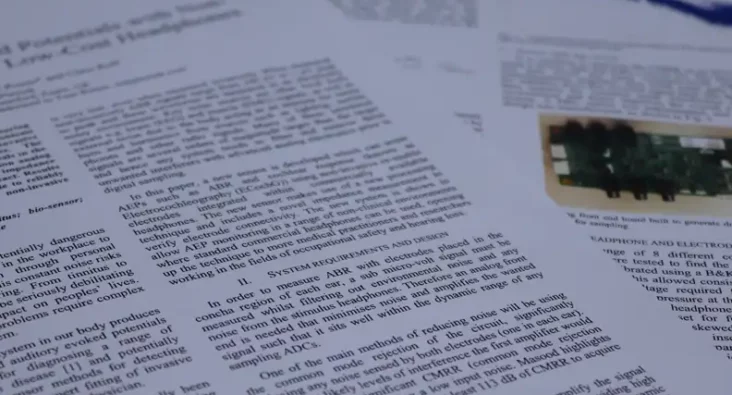The Challenge
Our Client specialises in providing systems that operate in the harsh environments that are found in borehole pipes.
One part of this system is a mechanical valve assembly that sits within a pocket in a pipeline and controls the flow of gas. The environmental conditions and onerous mechanical constraints mean that the valve needs to be replaceable in-situ which makes wired electrical connections for power and communications impractical. They asked Plextek to support them in the development an inductive coupler.
The Approach
The valve itself is driven by an electric motor and controlled by an electronics module that is packaged within the valve housing. As part of the modelling and coil design, we needed to design a mechanical arrangement to fit within the small space available in the valve assembly, perform electro-magnetic simulations of the coupler to determine effectiveness and iterate to find an optimum solution. We then manufactured a proof-of-concept prototype and measured its real-life performance to validate the simulation results.
The Outcome
Our client have in the past used electromagnetic (inductive) coupling techniques for transferring power and communications across such boundaries. Plextek supported the project through the proof-of-concept phase including drawings of the manufactured proof of concept and the measured the results. We have continued to support our client through a second phase to optimise the efficiency of the inductive coupler at lower powers.
This is one of many inductive coupling projects that we have completed for clients, please contact us for more information.
Downloads
View All Downloads- PLX-T60 Configurable mmWave Radar Module
- PLX-U16 Ubiquitous Radar
- Configurable IOT Framework
- MISPEC
- Cost Effective mmWave Radar Devices
- Connected Autonomous Mobility
- Antenna Design Services
- Plextek Drone Sensor Solutions Persistent Situational Awareness for UAV & Counter UAV
- mmWave Sense & Avoid Radar for UAVs
- Exceptional technology to positive impact your marine operations
- Infrastructure Monitoring





















